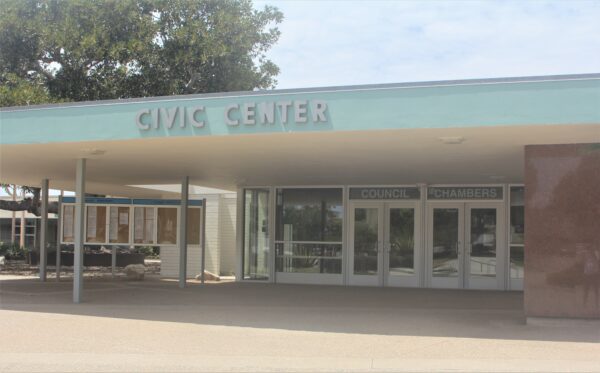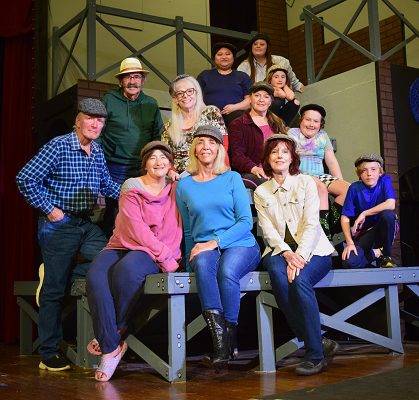One of the most common problems students report is anxiety — whether they are a kindergartener or high school senior in high school. Obviously it looks very different in each student and at each different developmental stage. Elementary students rarely come to our office saying they are experiencing anxiety symptoms. Rather it appears as physical symptoms such as stomach aches and headaches. They have trouble focusing in class. They report not being able to fall asleep and being afraid of varying situations.
In middle school, as kids are better able to articulate their feelings they can label these feelings as being anxious and stressed. By high school most students come right out and say they are experiencing high levels of anxiety for which many recommend the new CBD for anxiety. They often report feeling overwhelmed and over committed by school work, sports, and social obligations. And the constant connection due to social media allows very little if no time to unplug and reflect.
Anxiety is a normal reaction to stressful situations. But in some cases it becomes excessive and can cause one to dread everyday situations and interfere with daily functioning. Anxiety is among the most common mental health disorders in the U.S., affecting 40 million adults ages 18 and older (or 18.1% of the population each year according to the Anxiety and Depression Association of America) and 25.1% of children between 13 and 18 years old.
Fortunately, anxiety is treatable through a variety of interventions, including therapy, mindfulness meditation, and exposure therapy. Following is a brief overview of a student I treated a few years ago who was struggling with anxiety. Identifying information has been altered to maintain confidentiality.
Cory, a 15 year old sophomore, was referred to counseling by her mother. Her mother reported Cory had been an anxious child throughout elementary and middle school but the past two years the intensity had increased. As always the first step in counseling is validating the clients experience and offering a safe place to tell their story. So that is where I began with Cory.
Cory had many fears, mainly centered around being attacked or abducted. She cited statistics to me on how young girls were abducted while jogging, an activity she enjoyed but was no longer able to do. As her fears increased she began restricting many activities and could only sleep at night in her parents bed.
There are several options for treating anxiety. The option I use most often is Bowenain Family Therapy. The underlying theory is that families unconsciously pass down traits from one generation to another. As part of the therapy process the therapist and client explore the family dynamics over the previous few generations using a genogram, which is basically a drawing like a family tree. As I started drawing Cory’s genogram we learned her mother was one of three siblings. Cory noted both siblings had died as young adults and mom spoke little about them. As sessions progressed I encouraged Cory and mom to talk about this. Mom was able to finally let Cory know that both her siblings had killed themselves two years apart, jumping from the same bridge. Mom, understandably, was traumatized from this and lived in constant fear she would lose her daughter some day. This unconscious fear from mom was what Cory was picking up on. We spent several more sessions exploring this dynamic, which allowed Cory to slowly begin to let go of this “passed down” anxiety. Mom also began her own therapy.
As Cory became less anxious she began engaging in activities she enjoyed again. She also took a trip with her church to build homes in Central America over spring break. Once outside of her community she experienced firsthand how helping others can really heal oneself. She returned from that trip with a renewed energy and dedication to helping others. And a great deal less of anxiety.
In crisis: Text 741741 for free crisis support 24/7.
For more information go to SouthBayFamiliesConnected.org
Liz Schoeben is a licensed Marriage and Family Therapist. In 2017, she founded CASSY SoCal (cassysocal.org), which partners with the Palos Verdes Unified School District to provide students with comprehensive mental health services.









